The Sign of the Cross and the Greeting
The first action of the assembled community once the priest reaches the chair is the Sign of the Cross. Note that this is not the first action of the Mass nor is it the “start” of the Mass. The Mass begins with the opening chant and procession, though it can be argued that it begins when the community assembles.
The Sign of the Cross is one of the oldest of the Church’s prayers and probably the first prayer many of us learned. We often see the little ones making the sign like their parents, even if they don’t have the foggiest idea as to what words go with the gesture.
Signing ourselves with the Cross expresses many things. It can be a reminder of Baptism—especially when we do it with Holy Water; it can remind us that we are to take up the Cross each day and follow Jesus. It is an appropriate gesture near the start of the Mass because it reminds us of the Cross, the Sacrifice of Jesus that we are celebrating in the Mass. It also is done, “In the name of the Father, and of the Son, and of the Holy Spirit.” The recognition of God as a Trinity, Three Persons, One God, is the central and most distinctive doctrine of Christian Faith.
Bishop Barron in his series on the Mass spoke of the Cross as the brand on Christians, like a brand on cattle that claims us as belonging to Christ. I noted that the more common meaning these days is the promotion of a particular product or company by means of advertising and distinctive design. The Cross is our brand; we advertise Christ and our Faith every time we make it. This is the free advertising we get each time a slugger steps up to the plate and makes the sign of the Cross.
The Sign of the Cross sets the Trinitarian template for the prayers of the Mass and the Mass itself. The Mass, like all Christian prayer, if offered to the Father, through the Son, in the Holy Spirit. More on this when we get to the opening prayer.
Next comes the Greeting. The priest greets the people with one of the following:
- The grace of our Lord Jesus Christ, and the love of God, and the communion of the Holy Spirit be with you all.
- Grace to you and peace from God our Father and the Lord Jesus Christ.
- The Lord be with you.
For what it’s worth, from the time I was ordained I have always used, “The Lord be with you.” For one, it was always easy to remember and also, since the same thing is said at the end of Mass, it appeals to my sense of symmetry. (If I owned a burial ground, there would have to be a burial on the left side each time there was a burial on the right, and vise-versa; I would call it a “symmetery.”)
This greeting is not a hope or desire, it a statement of fact. God is with the gathered assembly.
The people respond, “And with your spirit.” This is not the usual greeting exchanged by people when they meet each other. It shouldn’t be. It has a particular context in worship and prayer. It is not a personal address to the priest as his own person; it is an address to the priesthood of Jesus Christ that he has from ordination that is being acknowledged and called out so he will preside at the liturgy taking place. That is why, “And with your Spirit,” is a better translation than, “And also with you,” that was used. The latter seemed to be a personal greeting to the person who is a priest, and led to the risible response of, “Thank you,” from the priest. The old words made the language so pedestrian that a pedestrian response just seemed appropriate.
